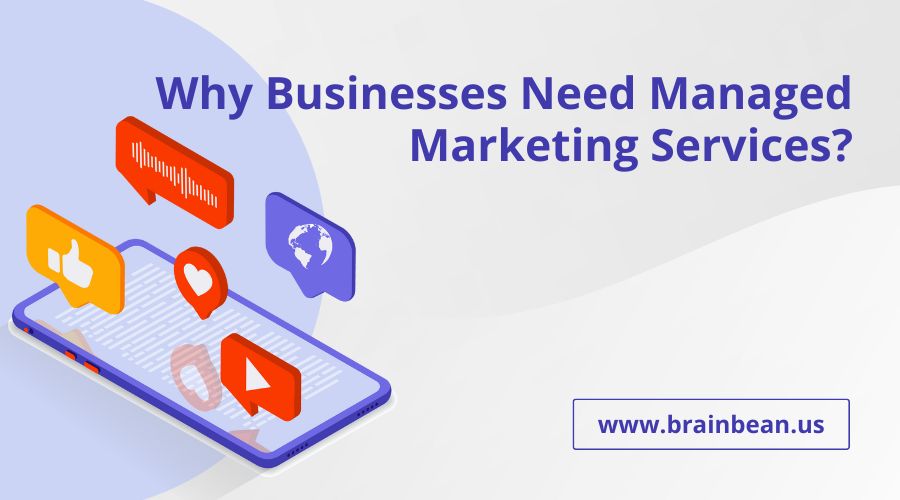In the ever-evolving realm of technology and innovation, development serves as the engine driving progress. Whether it’s software development, infrastructure development, or personal development, the pursuit of growth and improvement lies at the heart of human endeavor. In this blog, we’ll explore various facets of development, from the world of software engineering to the broader context of personal and professional growth.
The Essence of Development
Development, in its broadest sense, refers to the process of growth, evolution, and advancement. It encompasses the acquisition of new skills, the refinement of existing capabilities, and the pursuit of excellence in various domains. From the individual level to the societal level, development is the catalyst for progress and innovation.
Software Development: Building the Future
- Agile Methodology: Agile has revolutionized the software development process, emphasizing flexibility, collaboration, and iterative development. By breaking down projects into smaller, manageable chunks and incorporating feedback from stakeholders, Agile enables teams to deliver high-quality software more efficiently.
- Continuous Integration/Continuous Deployment (CI/CD): CI/CD practices streamline the process of software delivery, allowing developers to automate testing, integration, and deployment. This results in shorter development cycles, faster time-to-market, and improved software quality.
- DevOps Culture: DevOps bridges the gap between development and operations teams, fostering collaboration, communication, and automation throughout the software development lifecycle. By aligning incentives and breaking down silos, DevOps accelerates delivery and enhances overall productivity.
Personal Development: Nurturing Growth and Fulfillment
- Goal Setting: Setting clear, achievable goals is the foundation of personal development. Whether it’s mastering a new skill, advancing in your career, or improving your health and well-being, establishing concrete objectives provides direction and motivation.
- Continuous Learning: Lifelong learning is essential for personal and professional growth. Whether through formal education, online courses, or self-directed study, investing in learning opportunities broadens your knowledge base, enhances your skills, and keeps you adaptable in a rapidly changing world.
- Self-Reflection: Taking time for self-reflection allows you to assess your strengths, weaknesses, and areas for improvement. By identifying patterns, understanding your values, and setting intentions, you can cultivate self-awareness and make informed choices that align with your personal and professional aspirations.
Professional Development: Thriving in the Workplace
- Skills Development: In today’s competitive job market, continuous skills development is essential for staying relevant and advancing in your career. Whether it’s technical skills related to your field or soft skills such as communication, leadership, and adaptability, investing in skill development enhances your value as a professional.
- Networking: Building and nurturing professional relationships is a key aspect of career development. Networking allows you to connect with peers, mentors, and industry experts, opening doors to new opportunities, insights, and collaborations.
- Embracing Challenges: Growth often comes through facing challenges and stepping outside your comfort zone. Embrace opportunities for growth, whether it’s taking on new responsibilities, pursuing leadership roles, or tackling complex projects. Each challenge presents an opportunity to learn, develop resilience, and expand your capabilities.
Strategies for Successful Development
- Set SMART Goals: Make sure your goals are Specific, Measurable, Achievable, Relevant, and Time-bound. This clarity helps focus your efforts and track your progress effectively.
- Create a Development Plan: Outline a roadmap for your development journey, including specific milestones, action steps, and resources needed to achieve your goals.
- Seek Feedback: Solicit feedback from peers, mentors, and supervisors to gain valuable insights into your strengths and areas for improvement. Constructive feedback helps you course-correct and grow professionally.
- Stay Curious: Cultivate a mindset of curiosity and lifelong learning. Stay abreast of industry trends, explore new technologies, and seek out opportunities to expand your knowledge and skills.
Conclusion
Development is a journey of growth, evolution, and continuous improvement. Whether in the realm of software development, personal development, or professional development, the pursuit of excellence drives progress and innovation. By embracing the principles of agility, continuous learning, and self-reflection, individuals and organizations can navigate the landscape of development with confidence and thrive in an ever-changing world.





